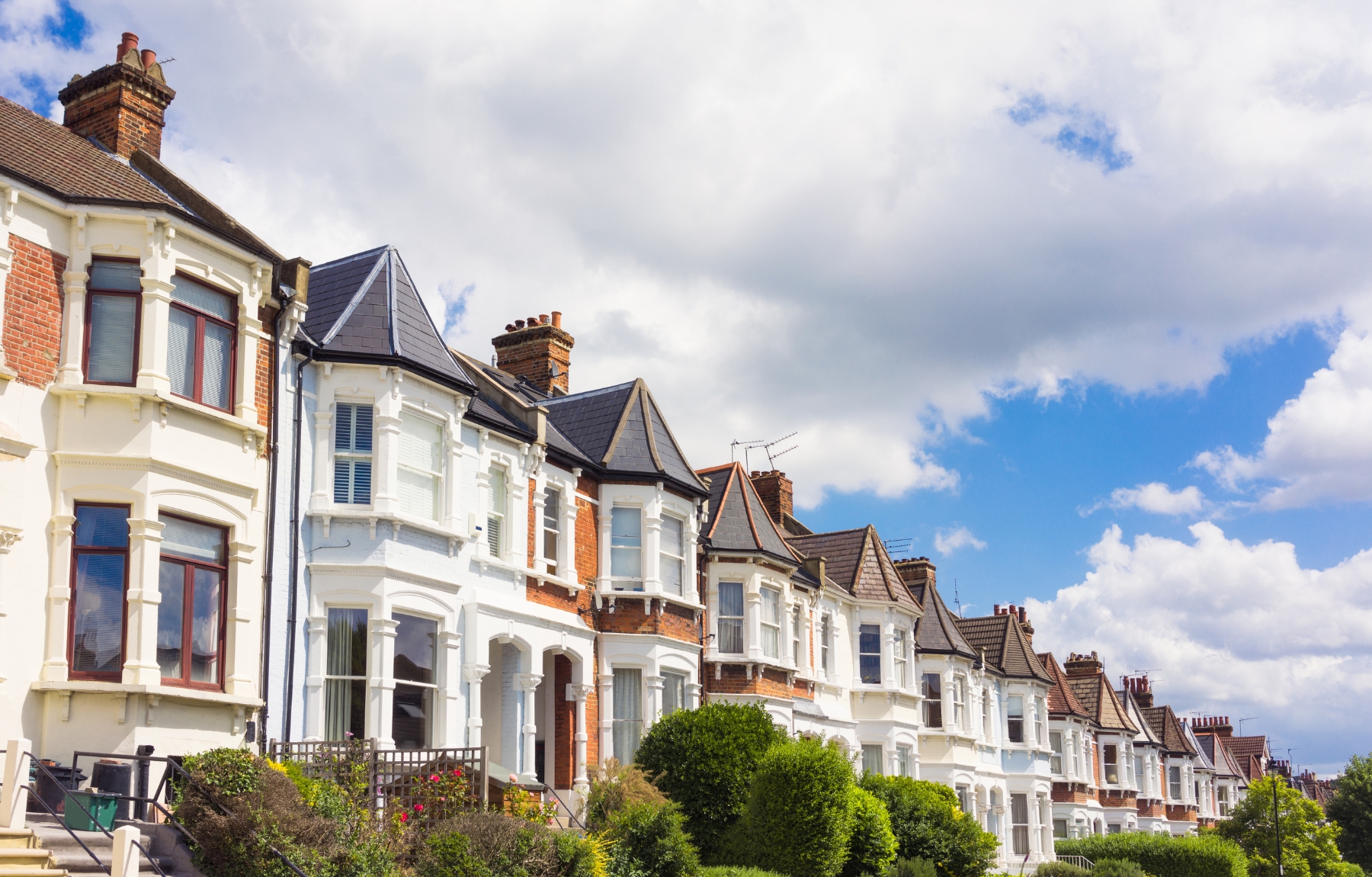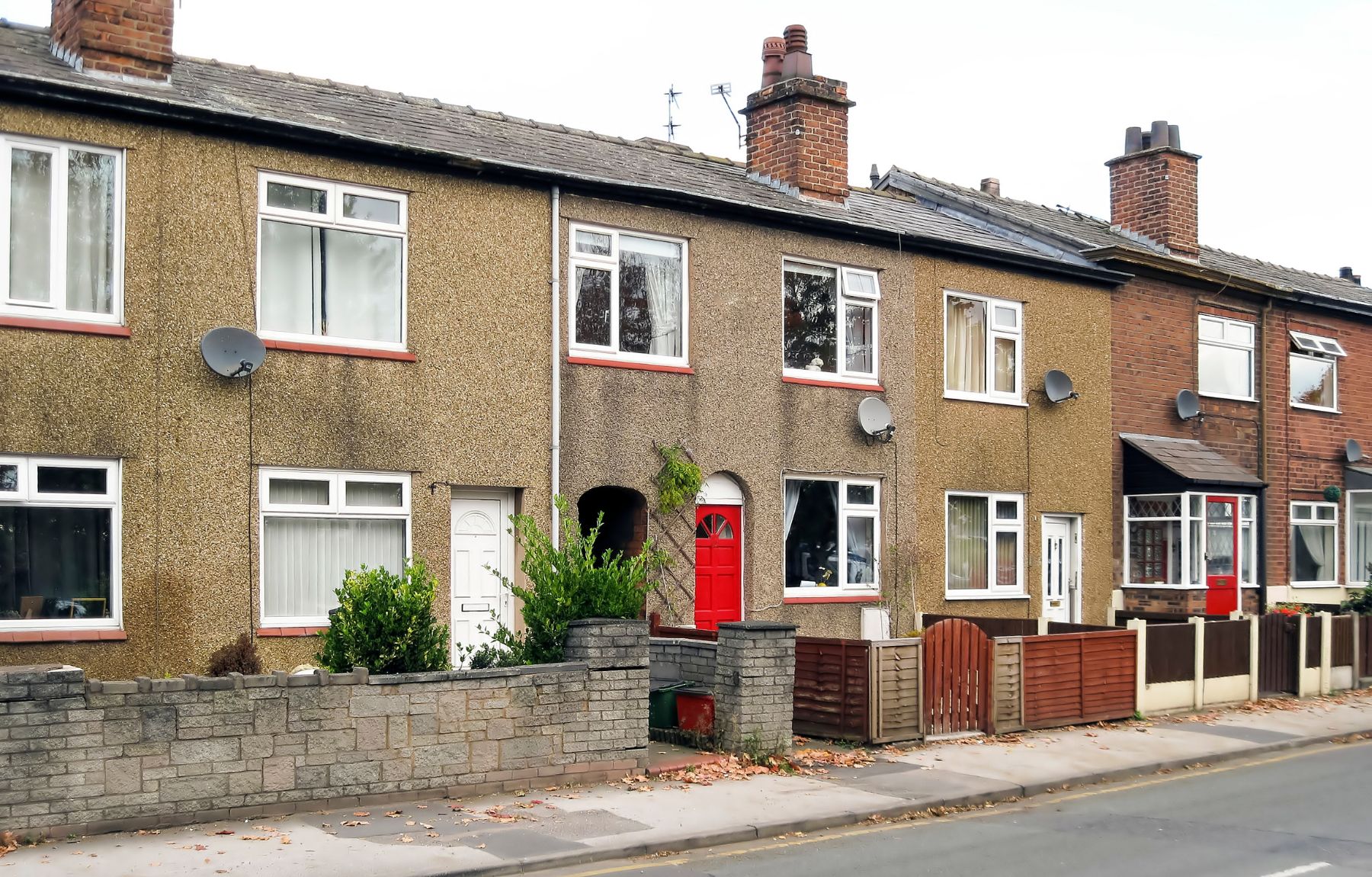Common Domestic Electrical Problems We See in Older Homes in Grimsby
Grimsby has a large number of older properties, many of which were built before modern electrical standards were introduced. While these homes often have character and charm, they can also hide electrical problems that develop over time. Ageing wiring, overloaded circuits, and outdated fittings aren’t always visible but they can be dangerous.
As a team of qualified electricians based in Grimsby and working across Greater Lincolnshire, we’ve worked in many older homes across the area. Whether we're inspecting a property for a potential buyer, carrying out a rewire, or responding to a fault, there are certain issues we see again and again.
This article outlines the most common domestic electrical problems in older homes and explains why prompt action matters for safety, insurance, and peace of mind.
Outdated Fuse Boxes and Lack of RCD Protection
One of the first signs a property hasn't been updated electrically is the type of consumer unit (or fuse box) it uses. Many older homes in Grimsby still have outdated units with rewireable fuses or no residual current device (RCD) protection at all.
A lack of RCDs increases the risk of electric shock, particularly in bathrooms, kitchens or outdoor circuits. In modern consumer units, RCDs are designed to trip if a fault occurs, cutting off power in milliseconds. Without them, even a minor fault could lead to serious harm.
Replacing the consumer unit is often the most effective way to bring an installation up to a safer standard, especially in homes built before the 1980s. If you're not sure whether a rewire or partial upgrade is necessary, our guide on how to tell if your home needs a rewire explains the most common warning signs to look for.
Before starting any upgrade, it’s often worth arranging a domestic Electrical Installation Condition Report (EICR) to assess the system’s overall safety and identify any underlying faults that may not be immediately visible.
Rubber or Fabric-Insulated Wiring
In older homes, especially those built before the 1960s, we frequently encounter rubber or fabric-insulated wiring. These materials degrade over time, becoming brittle and more prone to cracking or exposure.
Once the insulation deteriorates, the risk of short circuits and fires increases significantly. Modern wiring uses PVC insulation, which is far more robust and compliant with current safety standards.
If your home hasn’t been rewired in the last 30 - 40 years, there’s a strong chance the cabling may need replacing. Telltale signs include black cabling, a burning smell, or old porcelain-style light fittings.
Overloaded Circuits from Modern Usage
Older homes were never designed to support the number of electrical appliances we use today. It’s common to find circuits that are overloaded, not because of a fault, but because the home simply wasn’t built with modern living in mind.
In properties built decades ago, you might find only one or two sockets per room. As a result, residents rely on multi-plug adapters or extension leads, particularly in kitchens, living rooms and home offices. This increases the load on single circuits and, in some cases, can lead to overheating or nuisance tripping.
If you're unsure whether your electrical system is coping safely with current demand, booking a domestic Electrical Installation Condition Report (EICR) can help identify overloaded circuits and any other hidden risks. This type of inspection is especially useful in older properties where the original system may no longer meet today’s safety standards.
Faulty Light Switches and Sockets
Loose or discoloured switches and sockets are another common issue in older homes. Over time, wiring connections can work loose, especially in fittings that are used regularly or have been poorly installed.
You might also notice:
- Sockets that spark when plugging appliances in
- Buzzing or humming from switches
- Discolouration or heat damage around the faceplate
These are all signs that internal components may be worn or the connections are no longer secure. Left untreated, they can develop into electrical faults or increase the risk of fire.
DIY Electrical Work and Non-Compliant Modifications
It’s not uncommon for older homes to have had DIY electrical work done over the years, especially before Part P of the Building Regulations came into force. We often see extra sockets or lights added without proper testing or certification.
These alterations may appear to function correctly but often don't meet current standards. This can create problems when selling the property or making an insurance claim after a fault. In some cases, it can be a hazard, particularly if junction boxes are hidden, earthed incorrectly, or overloaded.
We always recommend an inspection if you're unsure whether historic work has been carried out professionally.
No Earth Bonding on Water and Gas Pipes
Another issue we see is the absence of main bonding to water and gas services. Bonding ensures that in the event of a fault, any exposed metal (such as pipework) is safely earthed, preventing the risk of electric shock.
Many older homes were built before this requirement was introduced and have never been updated. Without correct bonding, homes don’t meet current wiring regulations and may pose a risk, particularly where bathrooms and kitchens have been modernised.
Bonding is a relatively straightforward update for a qualified electrician, but it should never be overlooked.
Limited Socket Outlets and Extension Lead Dependency
Older homes tend to have very few plug sockets. This might have been fine in an era with one TV and no computers, but nowadays, multiple devices are used in every room.
When we attend older properties, it’s common to find sockets overloaded with extension leads and trailing adaptors. This not only looks untidy, but it increases the risk of overheating, tripping, and potential fire hazards.
Installing additional sockets is a simple way to make the home safer, more functional and compliant with modern usage expectations.
Flickering Lights and Voltage Drops
Flickering lights are sometimes caused by loose connections in lighting circuits, especially in older homes where cables and fittings may have been disturbed over time.
We also see voltage drops due to undersized cables, particularly when modern LED lighting or smart home tech is installed on legacy wiring. In some homes, dimming and flickering occur when large appliances are used, which suggests circuits may be overloaded or poorly balanced.
Persistent flickering should never be ignored, especially if accompanied by a burning smell or signs of heat damage around switches or fittings.
No Smoke or Carbon Monoxide Detection Linked to Mains
In many older homes, we still find battery-powered smoke detectors that aren’t linked together or connected to the mains. While they may offer basic protection, they don’t meet the higher standards now expected in residential properties, particularly those being rented.
Installing mains-powered, interconnected smoke and carbon monoxide alarms is not only safer, but may also be a legal requirement in certain tenancies under current landlord rules. If you're a landlord, it’s important to ensure your property is fully compliant. You can learn more in our guide titled 'Do I Need an Electrical Installation Condition Report for my Property', which explains the key requirements for rented homes.
We also offer smoke alarm installations for domestic and rental properties across Grimsby, ensuring your system meets current standards and offers effective early warning in the event of a fire or gas leak.
When Should You Get an Electrical Inspection?
If you live in an older property and haven’t had the electrics checked in the last 10 years (or 5 years if rented), it’s worth booking an Electrical Installation Condition Report. This gives you a clear assessment of the overall safety of your system and identifies any urgent or recommended work.
It’s also essential before buying an older home. Many buyers are unaware of the condition of the electrics and may face unexpected costs if remedial work is needed after purchase.
As experienced electricians in Grimsby, we carry out EICRs for homeowners, landlords and property buyers across the area.
Electrical Safety First in Older Properties
Older homes are full of charm, but they also carry hidden risks, especially when electrical systems haven’t been maintained or updated properly. Outdated fuse boxes, worn wiring, DIY alterations, and overloaded circuits are common in properties across Grimsby and the Greater Lincolnshire area.
Many of these problems can be resolved quickly by a qualified electrician and taking action early helps avoid faults, fires and unexpected future expense.
If you're based in Grimsby or North East Lincolnshire and want to check the condition of your home’s electrics, please get in touch.
Contact our team on 01472 867820 or complete the enquiry form below to arrange an inspection or to get professional advice.








